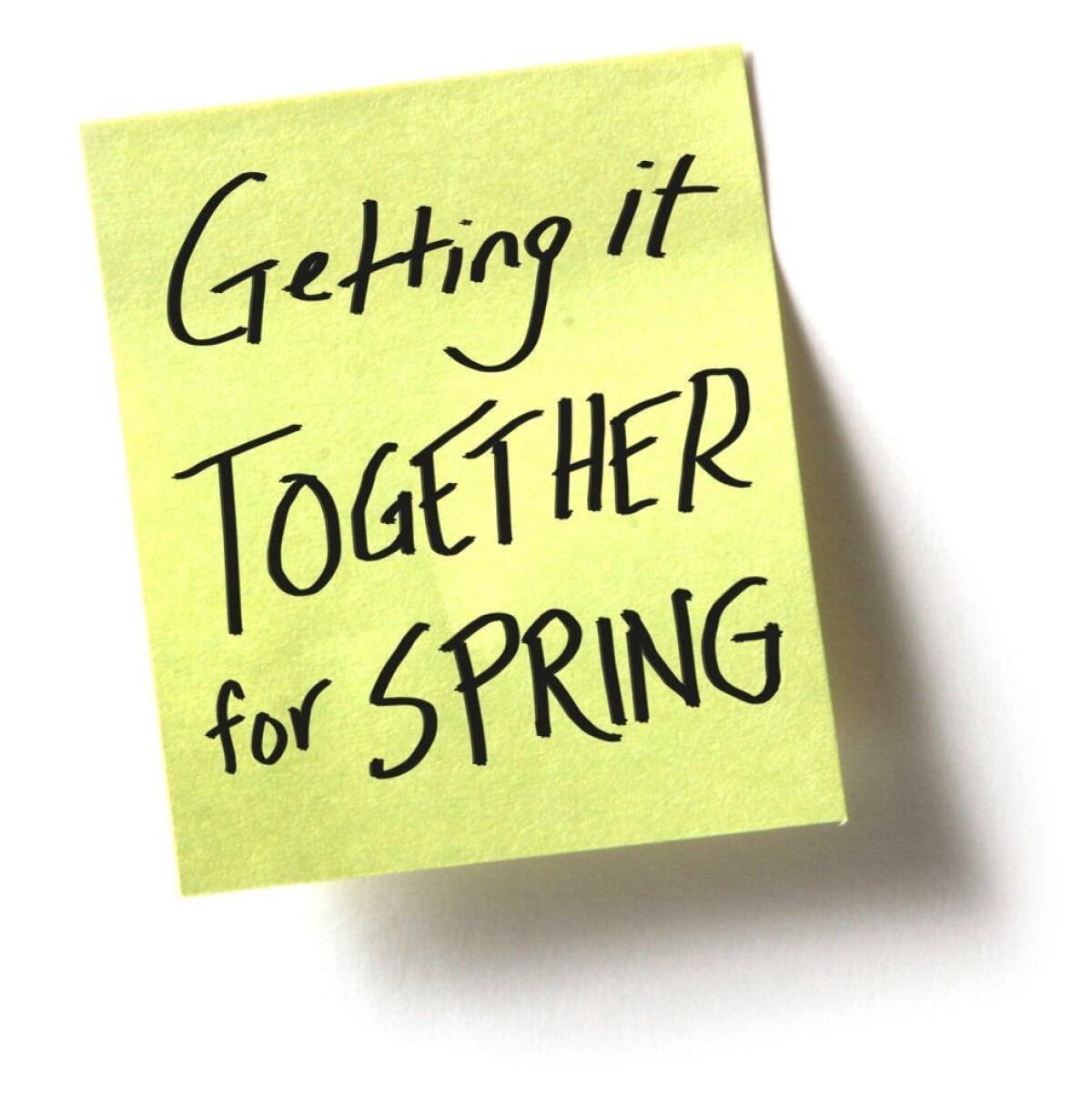I recently began calling psychologists to discuss my inadvertent experiment with extreme task-management. I assumed we’d discuss obsessive-compulsive disorders, along with toxic levels of productivity.
I was wrong.
“The ability to instill order in the chaos — to choose priorities and stick to them — that’s the most in-demand skill of the century,” said Todd Rose, a Harvard professor who studies fulfillment. “Trust me.”
Rose was naturally “the more spontaneous type,” and by spontaneous he meant earning a dismal 0.9 high school grade-point average and raising two children on welfare by his 21st birthday. For him, finally identifying his personal motivators — and then prioritizing projects that align with them — is what drove him to found a think tank on the subject.
Rose and other achievement researchers believe that Hyatt’s system works because it provides a tangible, hold-in-your-hands formula to help free spirits follow through on what matters to them. It also helps the fastidious types visualize how their natural tendency to plan can amount to something meaningful.
I took these Type B and Type A theories back to members of the tribe.
Carole Westerman, a Full Focuser who owns a yoga studio in Omaha, Neb., is more inclined to dream up choreography ideas than review the line items in her practice’s budget. That’s why she recently posed with her palms pressed together in a namaste pose — bowing before her Full Focus Planner. Along with essential oils and amethyst, she lives by it.
Meanwhile, when I called Megan Alfaro, a mother who home-schools six of her children and works full-time at her own brick-and-mortar business, she informed me in a chipper tone that, just hours before, she’d once again given birth.
Talk about productive.
I asked if she’d like me to call back after she recovered. “Nah, it’s baby No. 7,” she said. “I’m good to go.”
Alfaro explained that, unlike Westerman, her organized, attentive-to-detail mind relied on the tool not for guardrails, but for assurance.
“I’ve always been going, but didn’t always know where,” Alfaro said. The pages, she added, shout out to her, “Chill out, Megan. You have seven kids.”
The company behind the planner said that’s exactly the mind-set that Hyatt had hoped for. But Joel Miller, who is chief content officer for Michael Hyatt & Co., concedes with a laugh: “To people who struggle with checking every box and using every part of the system: Welcome to the club.”
The psychologists concurred: If it works for you, keep it. Just take heed that the only thing worse than lacking a task-management system, they said, is — well, getting too crazy about it.
“Let’s not all go join some efficiency cult,” Rose chortled.
As I reported this article — and while juggling others — I had to stay organized. That meant lists, goals, deadlines. And with that came a revelation.
In December, a colleague moseyed by my desk to ask about my beware-of-the-planner article. She stopped dead in her tracks, her gaze trained on the Full Focus Planner. It was propped open, right in my line of sight — exactly where Hyatt said it should stay.
My daily Big Three each had a nice big ✓. And the night before, I had replaced my pour-over coffee gizmo with a Mr. Coffee that I could pre-program.
Less delicious but more efficient.
“Oh no,” she said, her eyes wide. She already knew. “You’re one of them.”
✓





